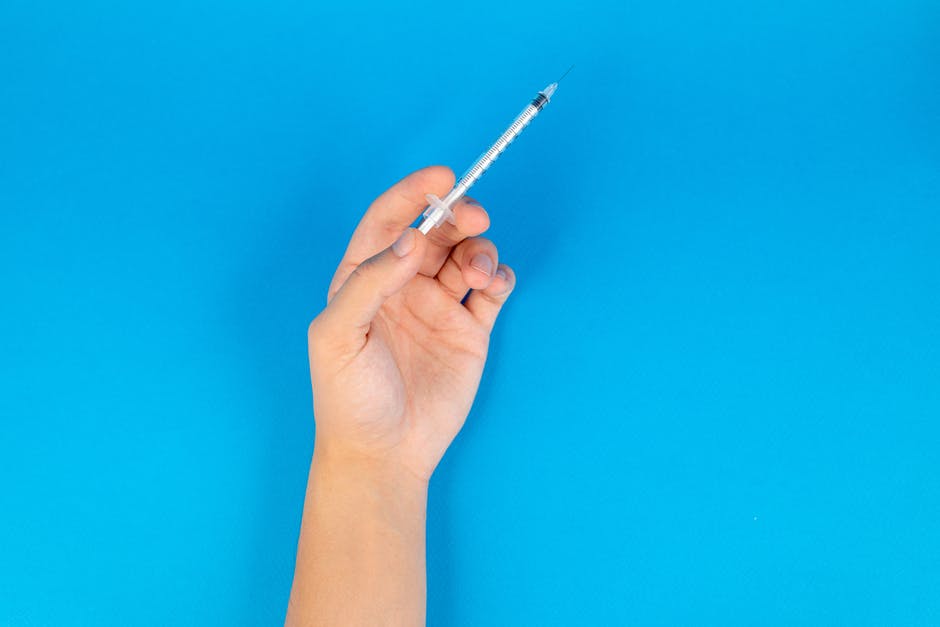The Ultimate Guide to Syringe Size and How to Know Which Size to Use

Did you know that syringes have been around since ancient times? Since their descriptions in Greek and Roman literature, syringes and needles have evolved by far.
Many people use syringes at home to facilitate medication, but if this is new to you, you may question needle and syringe size.
If you’re prescribed insulin, B12, fertility drugs, or cancer medications, your responsibility lies in your choice of injection. There are various needle and syringe sizes to choose from, and it can seem overwhelming.
If you’re in need of syringe options and do not know where to start, keep reading to learn all about the perfect syringe size for you!
Parts of a Syringe
First, you have the tip, or needle, of the syringe. There are many different shapes and sizes of tips, but here are the basic few:
- Luer Lok tip
- Eccentric tip
- Catheter tip
- Slip tip
The luer lok tip is the most common. It is small and allows the needle to secure to the syringe by twisting.
The eccentric tip is off-center from the syringe itself. If you need an injection at a horizontal angle, then this is the tip for you.
The catheter tip is long and tapered towards the end. This tip is for tubing and irrigation. Instead of twisting on, it slips over the syringe.
The slip tip also pushes, or slips, over the syringe, except it is shorter in length.
After the needle comes the barrel, which is the main portion of the syringe. This is where your medication resides. On the sides of the barrel, you may notice measurements.
For liquids, milliliters (mL) are used. And for solids, cubic centimeters (cc) are used. One cc is equivalent to one mL.
You must choose a size that can hold the amount of medication you need. The more volume a syringe holds, the wider it seems.
Different Types of Syringes
There are a few different types of medical syringes to choose from. The types of syringes you choose to buy will affect the price point.
A plastic syringe is the most common. They are not only more affordable but also disposable. Plastic syringes are the most sanitary, by far. They also come with a plastic or rubber plunger tip, and some even come with a needle.
A glass syringe is used with a syringe pump. It is reusable but more expensive than a plastic syringe.
A stainless tell syringe is the most durable out of all the options. It is also the most expensive. A large challenge that comes with this syringe is that it is not transparent, making it hard to measure its contents.
Syringe Size
When choosing syringes or medical supplies, it’s important to consider the factors surrounding their purpose. The type of medication you need, whether it’s liquid or solid, and the dosage volume.
Knowing these factors, you can decide the best needle and syringe size to facilitate your medication.
Did you find this article helpful? If so, make sure to read more from us.
